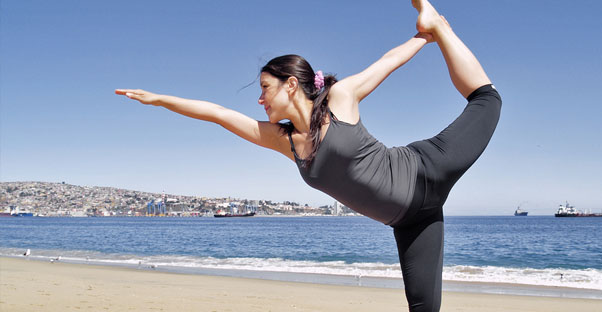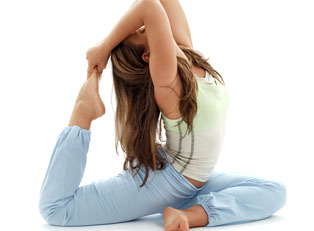History
In the 1970s Bikram Choudhury created this version of hot yoga from traditional techniques. Choudhury was born in 1946 in Calcutta, India. By age 4, he was practicing yoga for up to 6 hours each day. At age 13, he won the National India Yoga Championship. Later he founded Bikram's Yoga College of India. His method involves a 26 postures sequence that is practiced in a room heated to 105 degrees Fahrenheit.
Basic Principles
One of the basic principles of Bikram Yoga is the 26 postures sequence, which was developed from hatha yoga. These movements are designed to work each part of the body. The sequence systematically provides fresh, oxygenated blood to all parts of the body so that they can work together in harmony.
Another basic principle of Bikram Yoga is the heated room. The belief is that yoga has the capacity to change your body and that your body is better suited to change when warm and flexible. The heat also allows for safer and deeper stretches. The heat also encourages sweating, which is a way for the body to rid itself of impurities.
Poses
Bikram Yoga is composed of 26 poses, or asanas. The order of the poses is scientifically designed to warm and stretch the body. The series begins and ends with breathing techniques, or pranayamas. The first breathing exercise teaches you to use the full capacity of your lungs, which prepares the body for exercise. The first asana in the 26 sequence is the half-moon pose. This pose firms and trims the thighs, buttocks, hips and abdomen. The asanas continue working each part of the body by improving strength, flexibility and circulation. The final breathing exercise is the blowing in firm pose, which cools the body.
Who This is For
Bikram Yoga is for people who enjoy traditional hatha yoga, but wish to experience the added benefits of heat. Bikram Yoga is considered an advanced form of yoga for people who want to push the limits.
Bikram Yoga is not recommended for pregnant women. Because the process raises the core temperature of the body, it is not considered safe for the fetus. Other considerations include the possibility of dehydration. The intense heat of the studio can cause nausea, dizziness and fainting. Bikram instructors note that these symptoms can be remedied by maintaining proper hydration.



